The Xiaomi 12T Pro and the Google Pixel 7 Pro are both high-end smartphones, but their official costs are separated by 100 dollars. If you’re torn between these two options, here’s a comparison to help you pick the best phone for you.
High-end cellphones do not have to cost above 1000 dollars. Some fascinating patterns come to a halt right before this symbolic four-digit bar. This is especially true for the Xiaomi 12T Pro and Google Pixel 7 Pro. Both show great promise and are in the same price range, but they do not have the same DNA. We wanted to compare them so you could determine which smartphone is best for you. Let’s do a versus.
XIAOMI 12T PRO AND GOOGLE PIXEL 7 PRO DATA SHEETS
| Model | Xiaomi 12T Pro | Google Pixel 7 Pro |
|---|---|---|
| OS version | Android 12 | Android 13 |
| Manufacturer interface | MIUI | Android Stock |
| screen size | 6.67 inches | 6.7 inches |
| Definition | 2712 x 1220 pixels | 3120 x 1440 pixels |
| Pixel density | 446 ppp | 512 ppp |
| Technology | AMOLED | OLED |
| SoC | Snapdragon 8+ Gen 1 | Tensor G2 |
| Graphics chip (GPU) | Adreno 730 | ARM Mali G710 |
| Memory (RAM) | 8 Go, 12 Go | 12 Go |
| Internal memory (flash) | 256 Go | 128 Go, 256 Go, 512 Go |
| Camera (back) | Sensor 1: 200 MP Sensor 2: 8 MP Sensor 3: 2 MP | Sensor 1: 50 MP Sensor 2: 12 MP Sensor 3: 48 MP |
| Camera (front) | 20 Mp | 10.8 Mp |
| Video recording | 8K @24 fps | 4K@60 IPS |
| Wi-Fi | Wi-Fi 6 (ax) | Wi-Fi 6E |
| Bluetooth | 5.2 | 5.2 |
| 5G | Yes | Yes |
| NFC | Yes | Yes |
| Fingerprint sensor | Under the screen | Under the screen |
| Ports (inputs/outputs) | USB Type-C | USB Type-C |
| Battery | 5000 mAh | 5000 mAh |
| THE | 0.997 | N/C |
| Dimensions | 75,9 x 163,1 x 8,6 mm | 76,6 x 162,9 x 8,9 mm |
| Weight | 205 grammes | 212 grammes |
| Colors | Black, Silver, Blue | Black, White, Gray |
| Repairability Index? | 7,6/10 | 7,1/10 |
| Prix | 729 $ | 899 $ |
WHO HAS THE MOST STRONG DESIGN?
Neither of the two smartphones is especially daring in terms of design. The Xiaomi 12T Pro generally mimics the look of the Xiaomi 12, with the exception of a slightly altered rectangular picture module on the rear. The Google Pixel 7 Pro, for its part, is fairly similar to the Pixel 6 Pro from 2021, but it also has modifications to the picture block. This one crosses it in breadth but replaces glass with metal.

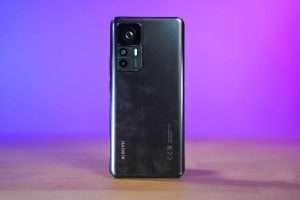
Whatever you choose, you’ll get a smartphone with nice finishing and a comfortable device in your hand. We won’t go into the similarities in the front faces (punch centered on both sides) or the size, which just differ by a few tenths of a millimeter here and there. No, there are nuances to know to make an informed choice that go beyond the obvious visual differences between the two cellphones.
To be more specific, there are two factors to consider: weight and resistance.
- The weight: The Xiaomi 12T Pro is starting to weigh in at 205 grams, but we’re still on something very traditional. If this weight concerns you for long-term comfort, the Google Pixel 7 Pro will terrify you even more with its 212 grams on the scale, which will be more obvious.
- Resistance: The Google Pixel 7 Pro features an IP68 rating to ensure water resistance and is covered on the front and back with Gorilla Glass Victus (the most resistant). The Xiaomi 12T Pro, which was launched for 100 dollars less, lacks IP certification and employs Gorilla Glass 5 glass.
READ ALSO : DJI Osmo Action 3 Review
SCREEN
The Xiaomi 12T Pro has a screen size of 6.67 inches, whereas the Google Pixel 7 Pro has a screen size of 6.7 inches. As you may have guessed, the choice between these two smartphones cannot be decided just on the screen diagonal; the difference is insignificant. Furthermore, both camps feature OLED as well as a customizable refresh rate of up to 120 Hz, with Google having a little higher quality.
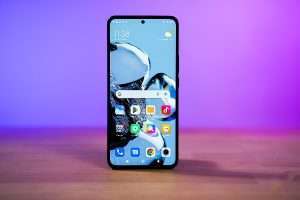

Both panels are quite bright, although it should be emphasized that Xiaomi has greater color accuracy. However, keep in mind that we are nitpicking at this point because the two smartphones are really adept at presenting material that flatters the retina.
SOFTWARE
The Google Pixel 7 Pro is already running Android 13, and a long and frequent software update schedule is promised, which is always a delight. Furthermore, the Pixel Experience UI stands out for its clever features and several welcome personalization possibilities – Material You’re still pleasant. However, be wary of the minor irregularities that dot the navigation, since concerns persist following the numerous problems found on last year’s models. We do, however, appreciate the strong desire to provide a practical and accessible interface.
The Xiaomi 12T Pro, on the other hand, is based on MIUI 13 with Android 12. The smartphone, true to its manufacturer’s habits, provides an experience considerably distant from what is often done on Android. We like the multitude of options provided, but key annoyances remain, such as the many preloaded third-party programs, the so-called antivirus that is activated with each app installation, or simply the clutter of the settings. Besides, there’s no Material You on the horizon, which is a bummer. MIUI still needs some adjustments to make it more user-friendly.
PHOTO
On paper, the conflict on the background of the shot looks interesting. The Xiaomi 12T Pro is making a huge risk by being one of the first smartphones to employ a 200 megapixel camera. In contrast, the Pixel 7 Pro aspires to be the successor of a well-known Google sauce know-how. Who comes out on top?
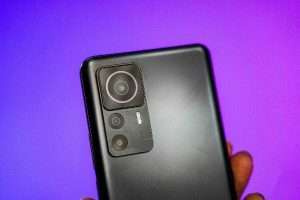

The Xiaomi 12T Pro takes excellent images, but it falls a little short on dynamic control, and color processing reveals a strong preference for rich tones. Unfortunately, the artifice is occasionally badly dosed, and we find ourselves soon destabilized by a brilliant green grass.
In overall, the Google Pixel 7 Pro performs somewhat better in photos – DXOMARK even applauded it. Despite a few minor flaws, it provides a more appropriate color reproduction – if somewhat saturated – and a well-understood dynamic.
Some photos taken with the Xiaomi 12T Pro:







Some photos taken with the Google Pixel 7 Pro:
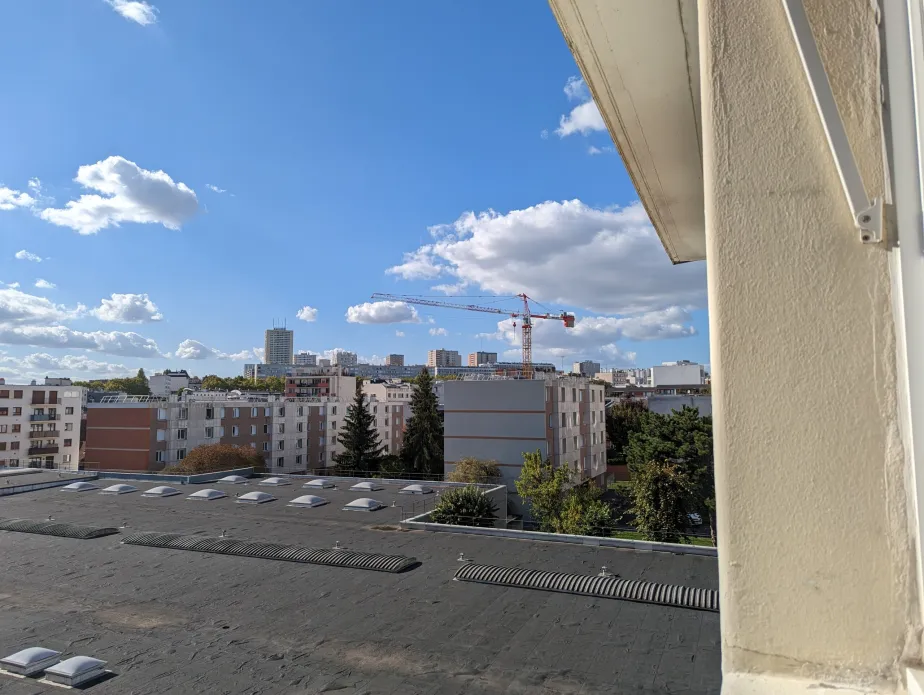




Night shots with the Xiaomi 12T Pro:

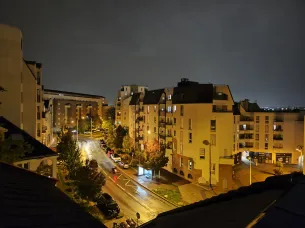
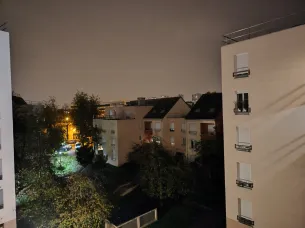
Night photos with the Google Pixel 7 Pro:





Macro with the Xiaomi 12T Pro:

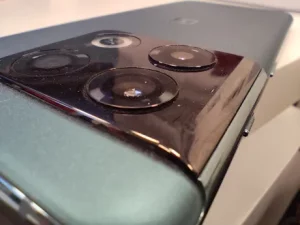
Macro with the Google Pixel 7 Pro:


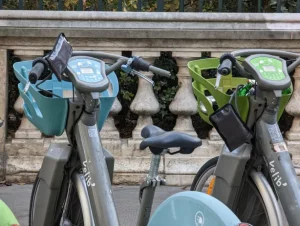

PERFORMANCES
Tensor 2 vs. Snapdragon 8+ Gen 1. So, in terms of sheer power, the game is effectively over. On the most demanding games, like as Fortnite, the Xiaomi 12T Pro rocks and gives top performance with absolutely no sacrifice. The Pixel 7 Pro, on the other hand, is outfitted with a processor that is more focused on photo optimization, the enhancement of some intelligent features, and a little more security.
| Model | Xiaomi 12T Pro | Google Pixel 7 Pro |
|---|---|---|
| AnTuTu 9 | 1065890 | 718357 |
| AnTuTu CPU | 252711 | 200453 |
| AnTuTu GPU | 461568 | 256548 |
| AnTuTu MEM | 175314 | 108919 |
| AnTuTu UX | 176297 | 152437 |
| PC Mark 3.0 | 12878 | 11317 |
| 3DMark Wild Life Extreme | 2813 | 1822 |
| 3DMark Wild Life Extreme framerate moyen | 16.80 FPS | 10.90 FPS |
| GFXBench Aztec Vulkan/Metal high (onscreen / offscreen) | 54 / 52 FPS | 48 / 13 FPS |
| GFXBench Car Chase (onscreen / offscreen) | 70 / 103 FPS | 53 / 57 FPS |
| GFXBench Manhattan 3.0 (onscreen / offscreen) | 120 / 273 FPS | N/C |
| Geekbench 5 Single-core | 1308 | 990 |
| Geekbench 5 Multi-core | 4337 | 2669 |
| Sequential Read/Write | 1842 / 1738 Mo/s | 1328 / 236 Mo/s |
| Random read/write | 84162 / 113531 IOPS | 40972 / 52167 IOPS |
NETWORK AND COMMUNICATION
Both smartphones are compatible with the 5G network. On either side, there is no particular worry about the quality of calls. The primary difference between the two smartphones is the amount of onboard nano SIMs: the Google Pixel 7 Pro has one, while the Xiaomi 12T Pro has two. It’s also worth noting that both smartphones may use an eSIM.
AUTONOMY
Both smartphones feature a 5000 mAh battery that does not provide exceptional autonomy. Nothing too horrible, these gadgets are not prone to fatigue, but they are not designed for marathons. The Xiaomi 12T Pro, on the other hand, offers two advantages.
First and foremost, he appears to be better capable of going the distance. Indeed, using our customized ViSer test procedure, it can resist the agony of this active use scenario for an additional 50 minutes. This should allow it to sleep a little longer than the Google Pixel 7 Pro after a long day without charging.
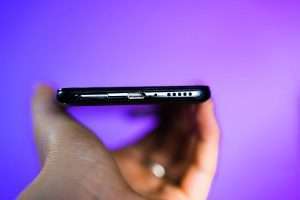

Then there’s the 120 W converter that comes with the Xiaomi 12T Pro, which lets you to get 100% battery in roughly twenty minutes. The Google Pixel 7, on the other hand, does not come with a charger. And the manufacturer’s official charger is happy with a power of 30 W, of which only a maximum of 23 W is really delivered to the phone. If you don’t have the approved block, plan on about two hours of charging time. It’s a lengthy one!
XIAOMI 12T PRO OR GOOGLE PIXEL 7 PRO: WHICH IS BETTER TO YOU?
The Google Pixel 7 Pro costs 100 dollars more than its competitor. At 799 dollars, it boasts a more solid design, a more muscular photo section, and a nice software experience that is simple to learn and, most importantly, is sure to get many improvements over the next several years. At this price, it is a really comfy and recommendable option. However, it is not appropriate for all profiles.
If you desire power in game and super rapid charging, the Xiaomi 12T Pro should be your choice in this matchup. If these qualities are more essential to you, and the sacrifices associated with the lack of IP certification, the occasionally clumsy interface, and the stalemate reached on the telephoto lens do not worry you, you are certain to make a decent option for 799 dollars.




